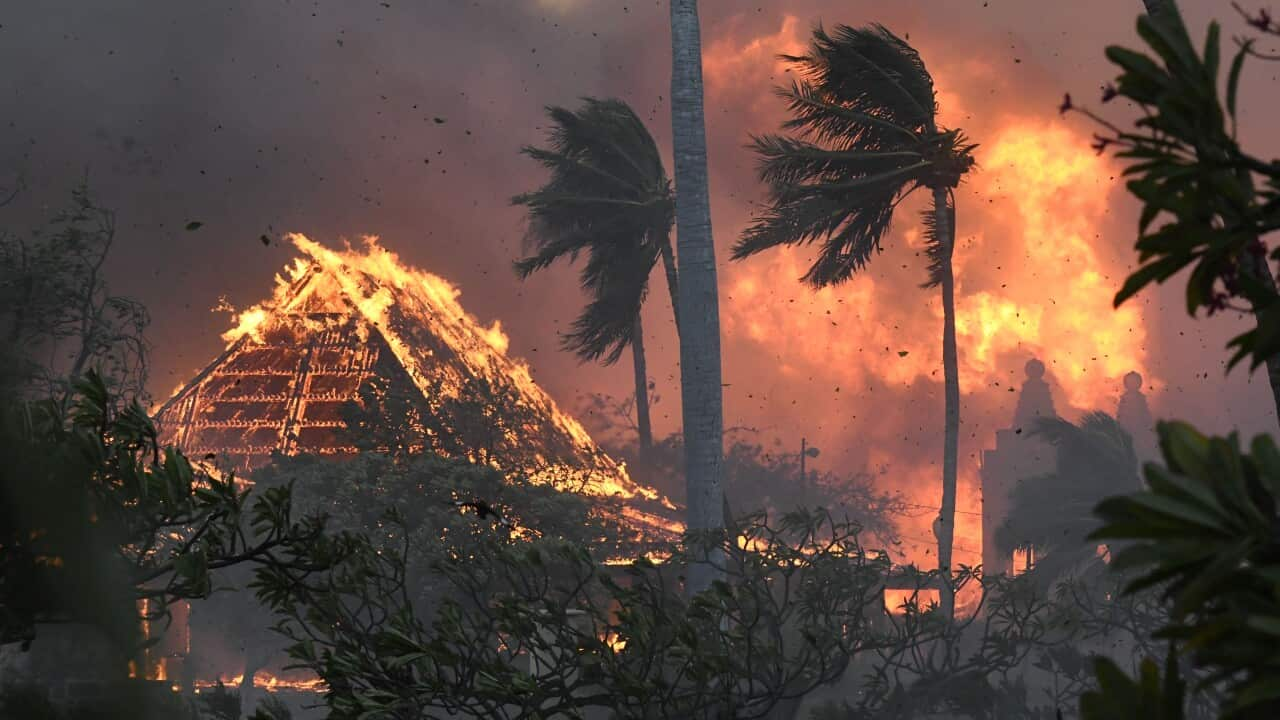Guarding Your Home: The Critical Role of a BAL Report in Bushfire Readiness
Guarding Your Home: The Critical Role of a BAL Report in Bushfire Readiness
Blog Article
Just How BAL Report Impacts Shrub Fire Protection Procedures
In the realm of bush fire security, the Structure Attack Degree (BAL) record stands as an essential tool that substantially affects the safety and security and durability of residential properties in fire-prone locations - BAL Report. The impact of a BAL analysis extends far past plain documents; it functions as the cornerstone for determining the proper construction requirements and fire defense measures necessary to reduce the dangers presented by bushfires. As neighborhoods come to grips with increasingly extreme fire seasons, understanding exactly how the BAL report forms these safety measures becomes vital for contractors, policymakers, and property owners alike
Recognizing the Bushfire Attack Level

Importance of BAL Report Assessment

Additionally, the BAL record assessment functions as a fundamental action in abiding by legal obligations and demands connected to bushfire security. Regional councils and authorities usually mandate the entry of a BAL report as part of the planning and building approval procedure to guarantee that residential or commercial properties are appropriately guarded against bushfire threats. Failing to carry out a detailed BAL record analysis can result in inadequate protection measures, leaving homes prone to ravaging bushfire occurrences.
Building Criteria Based on BAL
A detailed understanding of the Bushfire Assault Degree (BAL) makes it possible for residential or commercial property owners to implement construction criteria customized to their details threat account. Building and construction standards based on BAL are essential in reducing the influence of bushfires on properties. The BAL ranking classifies the potential danger a property faces throughout a bushfire on a range from BAL-Low to BAL-FZ (Flame Area)
Executing Fire Security Steps
With the foundation of building standards based on Bushfire Strike Level (BAL) in position, the emphasis currently shifts towards the functional application of fire protection procedures to strengthen buildings versus bushfire risks. Implementing fire defense measures includes a combination of passive and energetic approaches to boost the strength of buildings in bushfire-prone locations. Passive procedures consist of using fireproof building products, installing cinder guards on vents, sealing gaps in wall surfaces and roof coverings, and preserving a clear room around the residential or commercial property without combustible plant life. Active procedures include having firefighting tools readily offered, such as pipes and water pumps, along with producing a defendable room around the home by clearing plants and having a well-maintained garden. Furthermore, developing an emptying plan and making certain all residents recognize emergency situation treatments are crucial components of effective fire defense steps. By incorporating both passive and energetic techniques, residential properties can significantly decrease their vulnerability to bushfire occurrences and raise the safety of occupants.
Safeguarding Residences Versus Bushfires
Efficiently protecting homes against the devastating effects of bushfires calls for a proactive and thorough method to fire protection procedures. Homeowners residing in bushfire-prone locations must focus on the implementation of different techniques to improve their building's strength versus wildfires. One basic element is creating a defensible area around the home by keeping a clear zone without combustible materials. This includes routinely cutting plant life, eliminating dead plants, and ensuring a risk-free range in between frameworks and trees. Installing fire-resistant roof products can additionally considerably lower Going Here the risk of ash strikes and direct flame get in touch with. In addition, sealing spaces and vents to stop ember breach, along with incorporating fire-resistant windows and doors, can aid fortify the home's defense against bushfires. Spending in a trustworthy water resource, such as a well-kept lawn sprinkler or a committed water container, is essential for supplying water during fire emergencies - BAL Report. By welcoming a proactive position and incorporating these protective click for more measures, property owners can substantially raise their opportunities of guarding their homes against bushfires.
Conclusion
To conclude, the Bushfire Assault Level (BAL) record plays an important duty in establishing the essential defense measures against bushfires. By evaluating the BAL, building and construction requirements can be customized to mitigate the dangers and ensure the security of homes in fire-prone areas. Executing fire security procedures based upon the BAL record is essential in guarding residential properties from prospective bushfire threats. It is crucial for homeowners to focus on BAL assessments and abide by suggested construction standards to boost bushfire durability.
In examining bushfire risk to residential properties, recognizing the Bushfire Strike Level (BAL) is a vital element for carrying out efficient defense actions. On the whole, a clear understanding of the Bushfire Attack Level is essential for applying adequate protection procedures and mitigating the influence of bushfires on properties.

Report this page